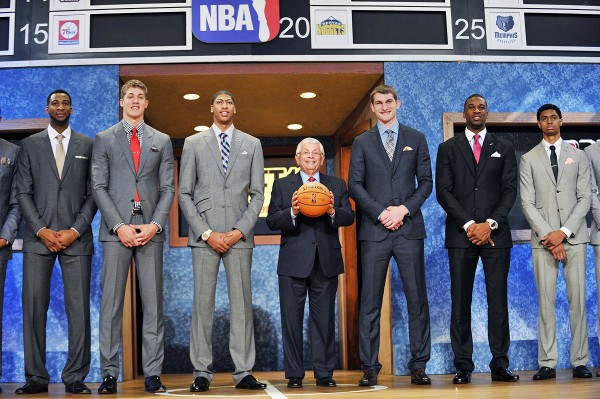More TV Money for the Nation’s Most Powerful Conference: Surprise, Surprise…
Posted by Chris Johnson on May 3rd, 2013Chris Johnson is an RTC Columnist. He can be reached @ChrisDJohnsonn.
Because once-meaningful concepts like academic and cultural similarity, geographical proximity and longstanding tradition no longer control how or why college athletic conferences exist, and because television, you know, does – Thursday’s news out of SEC headquarters is a very big deal, both for league directly involved, the SEC, along with every other college sports conference. The South Eastern Conference announced a 20-year agreement with ESPN Thursday to air a 24/7 all-encompassing sports network beginning in 2014, with programming that includes 45 football games and more than 100 men’s basketball games annually, plus “selected events” from non-revenue sports and other important offseason dates such as football pro-days and national signing day.

An expansive new TV contract will grow the SEC’s already monumental annual financial take (AP Photo).
This is a very big deal. It is not mars-landing breaking news. Here’s why: the SEC exists in an entirely different plane of football competitiveness and import, stuffed to the hilt with NFL-bound talent and a fervent pigskin culture not seen in any other league across the country, but they were a step or two behind on this conference-specific television fad. The Big Ten and Pac-12 networks already have their own networks, which promise (alongside nonstop league-centric coverage) exorbitant annual sums, serve to expand the otherwise lesser profile of lower-tier programs and clearly represent the way of the future in a bountiful college sports television frontier.
The more subscribers there are in different regions of the country, the more fans that are eager to watch Washington State play Utah on a Thursday night, for example, the more money falls into league coffers and the more other schools – we’re looking at you, AAC – want a piece of the pie. These were the logistical league-hopping dynamics behind much of the recent conference realignment wave (go watch Maryland’s astonishingly candid introductory Big Ten press conference), and they will continue to drive the ship in league membership decisions, even if the ACC’s recent grant of rights deal appears to have ensured at least temporary realignment calm among the major conferences.


















































